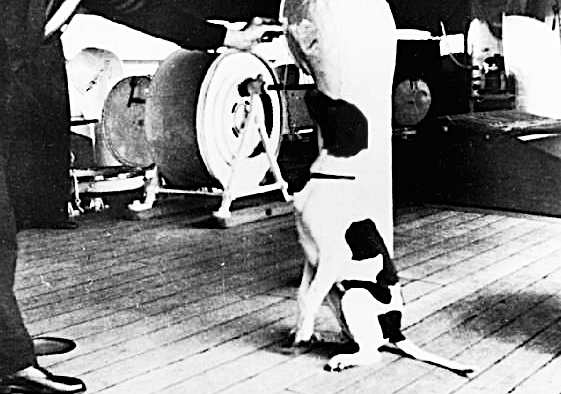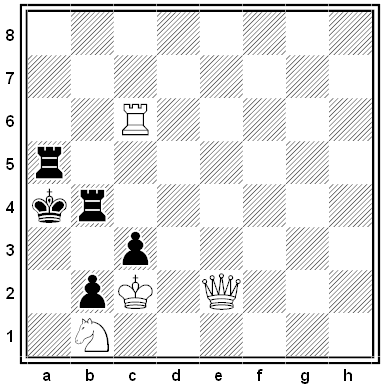A pleasing observation by W.V. Quine from 1988:
Fermat’s Last Theorem can be vividly stated in terms of sorting objects into a row of bins, some of which are red, some blue, and the rest unpainted. The theorem amounts to saying that when there are more than two objects, the following statement is never true:
Statement. The number of ways of sorting them that shun both colors is equal to the number of ways that shun neither.
He explains this, very concisely, here.
(W.V. Quine, “Fermat’s Last Theorem in Combinatorial Form,” American Mathematical Monthly 95:7 [September 1988], 636.)




